The old capital of Japan, Kyoto, is probably one of the most mesmerizing cities in the world. It uniquely combines the ancient architecture of imperial Japan with the spiritual nature of its temples and shrines. Some even call it the ‘Temple Town’ of Japan. Kyoto is home to many ancient Buddhist monasteries, temples, palaces, Zen gardens, shrines, etc. The food traditions of Kyoto, like the formal kaiseki dining tradition and the traditional tea ceremony are also well known the world over. When in Kyoto, you must try the vast variety of food items sold in the markets, street stalls, temple shops and restaurants. Whether it’s tofu dishes, vegetarian preparations, or seafood delights that you’re after, a delicious version of it is sure to be found in Kyoto. Come and check out our list of top 10 must-eat foods in Kyoto, Japan.
1. Yudofu (tofu cooked in hot broth)

Owing to the high-quality of water in Kyoto, their tofu-making tradition goes back many centuries. The resulting delicate and creamy tofu is ideal for making yudofu (also, called ‘hot tofu’ or ‘boiled tofu’), which has found favor with the monks of the Zen temples in Kyoto. This vegetarian dish simply consists of tofu added to some hot kelp broth. The dish is served with a variety of dipping sauces and is quite addictive in taste. Yudofu is high in protein and low in calories, and is a very healthy option. Found in most restaurants in Kyoto, yudofu is hard to miss!
2. Yuba (tofu skin)
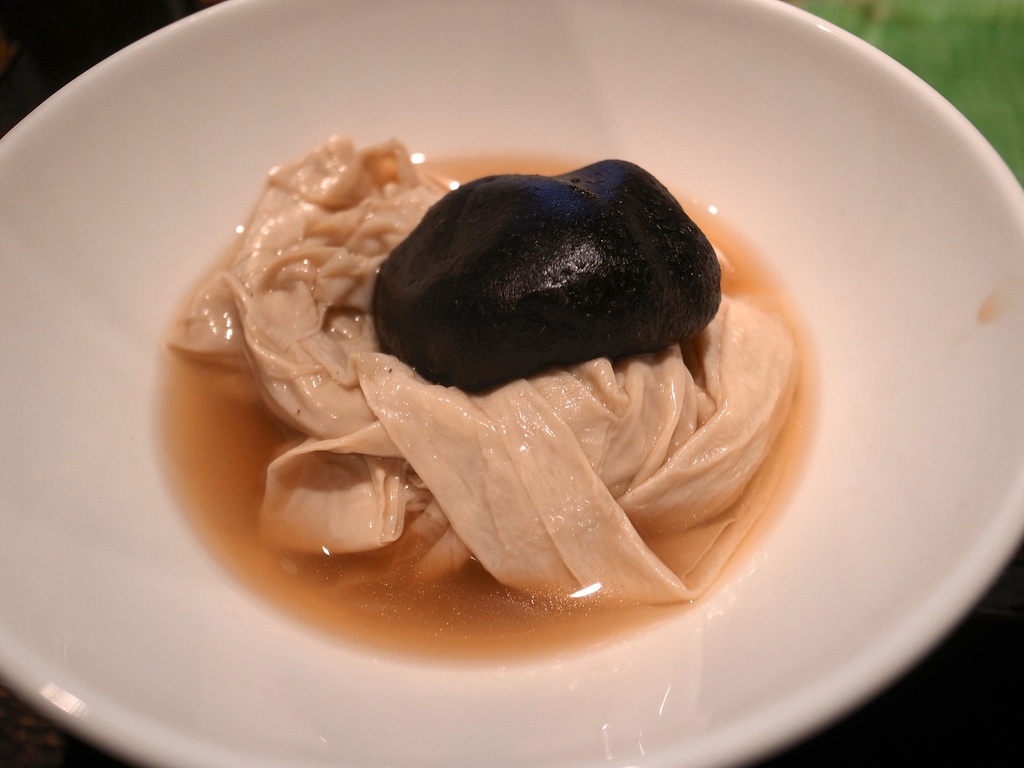
Yuba is a thin and delicate skin that forms on the surface of soy milk when it is boiled. This top layer is removed and eaten fresh or dried. Yuba is a delicacy, especially in Kyoto, where it forms an important part of the ingredients used in preparing meals for the monks in Zen temples. It is eaten raw, fried, boiled like noodles, or even simmered in a soup. Eaten any way, it is delicious and healthy. In Kyoto, it is readily available in various forms in restaurants and shops.
3. Ochazuke

Ochazuke is a very simple Japanese dish made with leftover boiled rice over which hot tea is poured. Some variations of Ochazuke are also served with various accompaniments and toppings like wasabi, pickles, sesame seeds, seaweed, etc. Ochazuke is a very popular evening snack in Kyoto households and is served at the end of a meal in bars and restaurants.
You might be interested in these Airbnbs!
4. Kamo Nanban
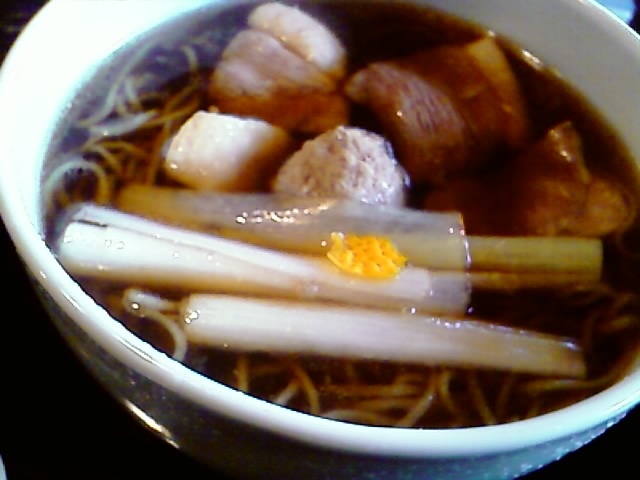
Kamo Nanban is a popular winter dish in Kyoto. It is made of hot soba noodles (buckwheat noodles) or udon (wheat noodles) in a flavorful broth of duck meat and onions. Other types of meat and vegetables are also often added to it to impart an additional layer of flavor to it. Most restaurants have a special version of Kamo Nanban served to guests in the winter months.
5. Nishin Soba
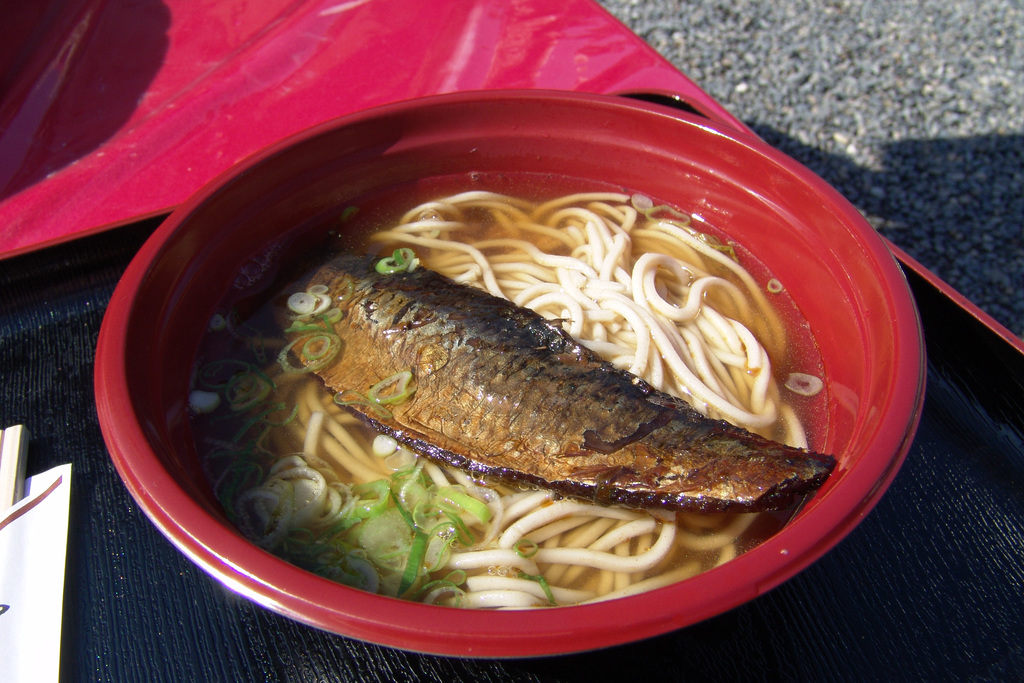
Nishin Soba is one of the oldest and most special dishes of Kyoto. Its creation goes back many centuries and it is enjoyed by locals and tourists alike. Simply put, Nishin Soba is a piece of sweet and salty herring placed atop soba (buckwheat) noodles simmered in a hot broth, and flavored with soy sauce, kelp and dried fish flakes (bonito). Nishin Soba is available in most soba restaurants in Kyoto.
6. Hamo Tempura

A Kansai region specialty, Hamo is a type of dagger-tooth eel that lives in the seas around the middle and south of Japan. In Kyoto, Hamo is a summer specialty served in a variety of ways – marinated, tempura or as sashimi. Hamo Tempura is fluffy and delicious, and best enjoyed with a cold beer. It is easily available at many shops in the Nishiki market in Kyoto as well as restaurants and bars.
7. Chirimen Sansho

Chirimen Sansho is a common condiment in Japan, specifically in Kyoto, where it is sprinkled over a bowl of steaming hot rice. It is made up of two main components – chirimenjako (dried juvenile sardines) and sansho berries. The sardines and sansho berries are cooked in a mixture of soy sauce, cooking sake (Japanese rice wine) and mirin (a sweet cooking rice wine) to make Chirimen Sansho. Many brands of Chirimen Sansho can be found in Kyoto’s supermarkets. Most restaurants and households make their own version too.
8. Kyo Wagashi (Kyoto sweets)

Wagashi is the Japanese word for sweets and in Kyoto, the wagashi-making tradition goes back hundreds of years. Most Kyo Wagashi are made from a sweet red bean paste and are served alongside green matcha tea to offset its bitter taste. Sweet shops in Kyoto make wagashi in a variety of creative shapes and designs based on the seasons, occasions, fruit, flowers, landscapes, etc. These Kyoto sweets are suitable for vegetarians and vegans, and make perfect souvenirs too.
9. Saba Sushi

Another well-loved and ancient Kyoto dish is the Saba Sushi. It tastes different from regular sushi since it is made by placing a piece of mackerel pickled in vinegar on top of the vinegar-flavored rice. It is very thick and filling. It is a specialty dish in Kyoto and is served at many local sushi restaurants.
10. Kaiseki Ryori
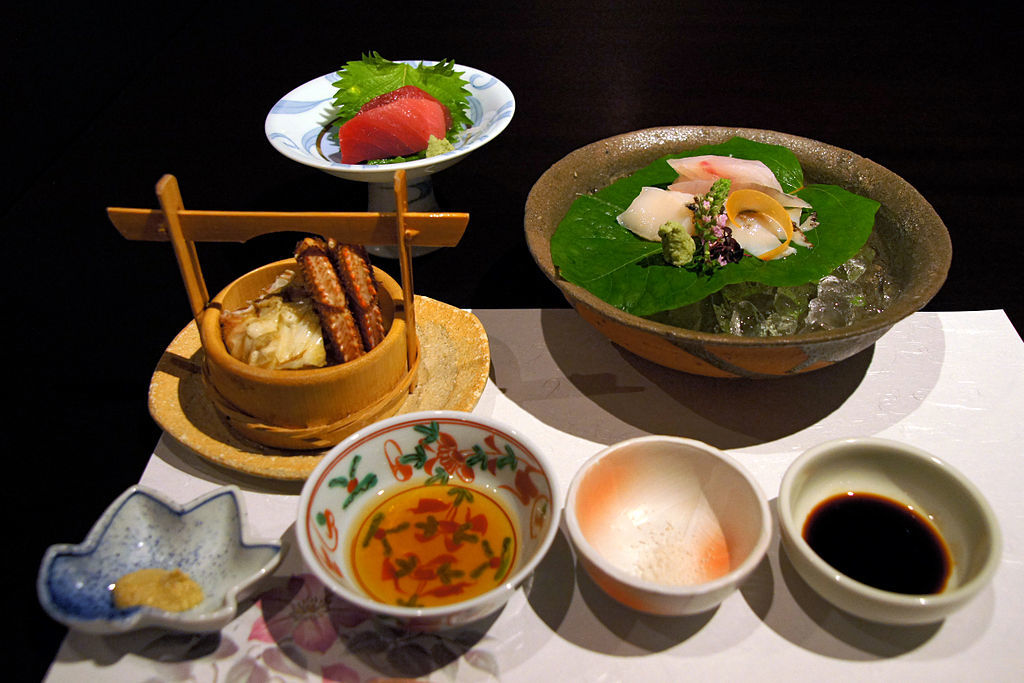
Simply put, Kaiseki Ryori is Japan’s version of a seasonal tasting menu prepared with much care and thought, and presented in a very artistic manner. A variety of courses are served in Kaiseki Ryori, and emphasis is placed on elegant presentation and subtlety of flavor. Kaiseki Ryori can be a little expensive since the ingredients used in the dishes are selected at the height of their freshness. There is no dearth of restaurants serving Kaiseki Ryori in Kyoto and you can select from many options, depending on your budget.
A kaleidoscope of flavors in Kyoto
Kyoto’s cuisine is ancient, traditional and flavorful. Dishes to suit all types of diets and preferences are available in Kyoto – vegan, vegetarian, meat lovers, seafood enthusiasts, fine dining connoisseurs as well as street food addicts! And with our list of the top 10 must-eat foods in Kyoto, Japan, you’ll be spoilt for choice!
History
Get Trip101 in your inbox
Unsubscribe in one click. See our Privacy Policy for more information on how we use your data







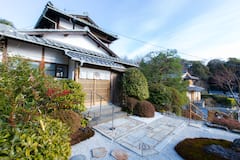












Create an account to